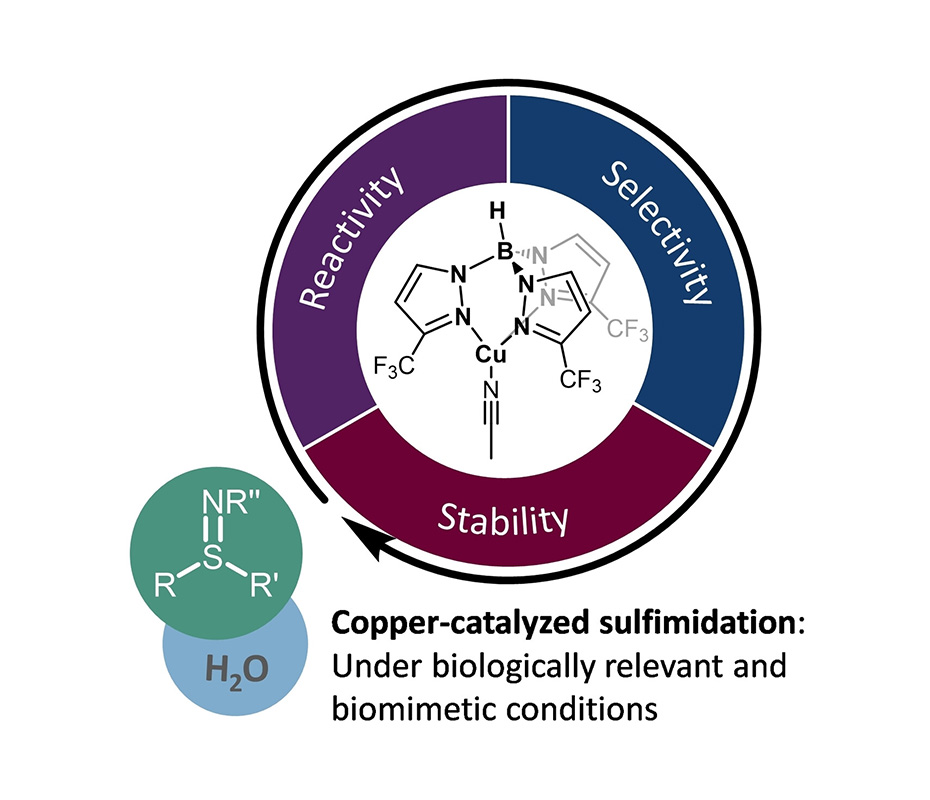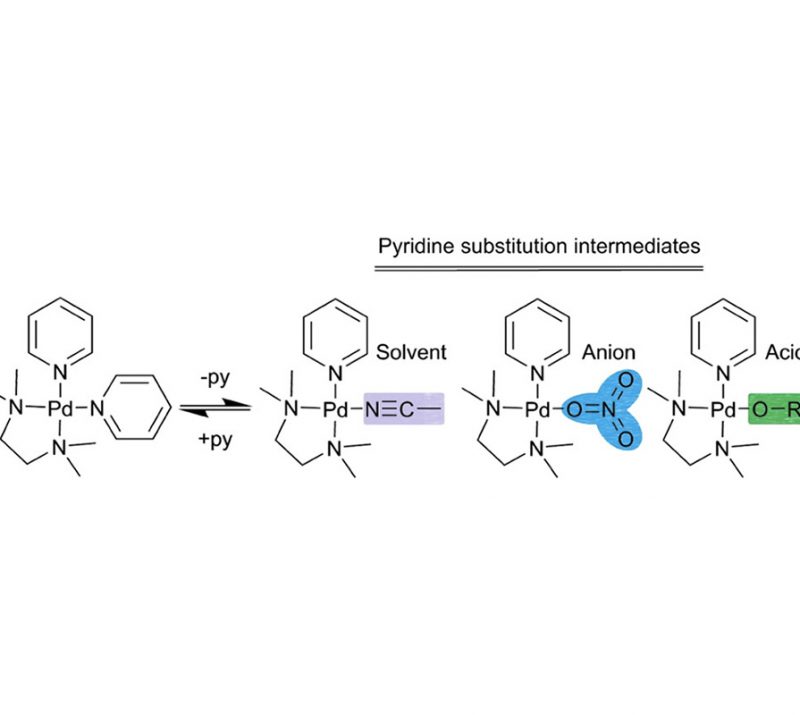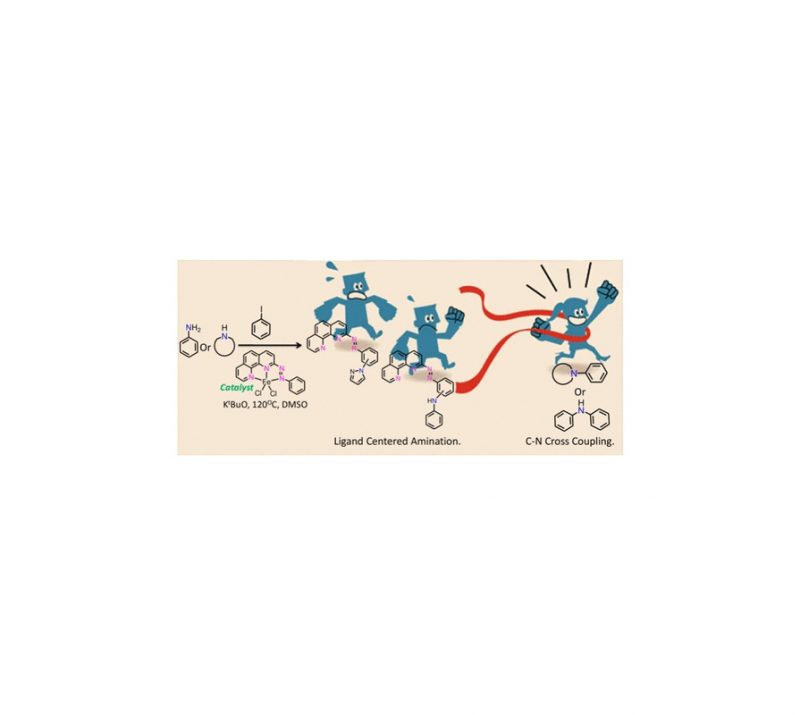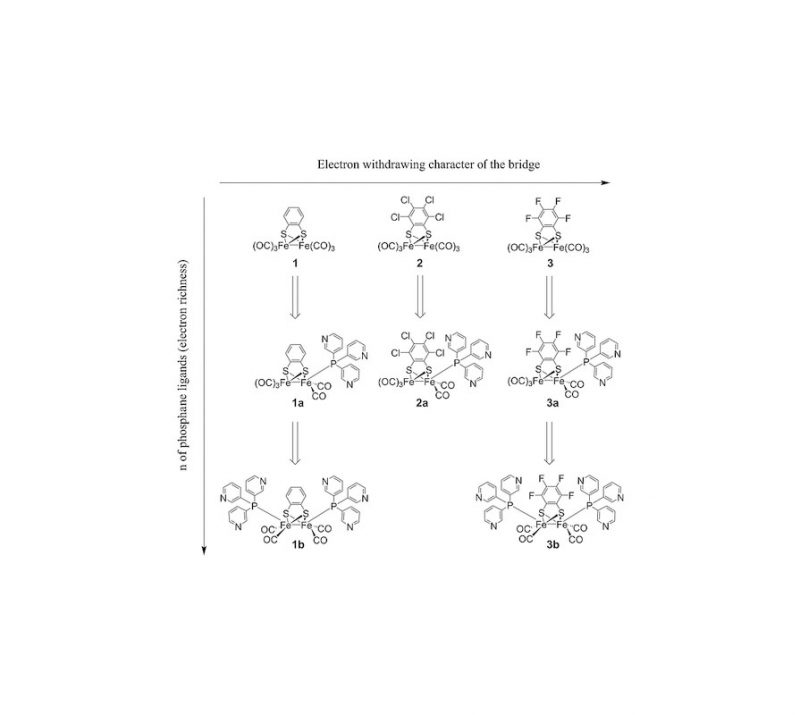Hot Paper
Eva J. Meeus, Dr. María Álvarez, Emma Koelman, Prof. Dr. Pedro J. Pérez, Prof. Dr. Joost N. H. Reek, Prof. Dr. Bas de Bruin
Chem. Eur. J., 2024, e202303939
DOI: 10.1002/chem.202303939

Graphical Abstract
The excellent nitrene transfer reactivity of the copper complexes investigated in this study could be an interesting starting point to unlock nitrene transfer catalysis in vivo. The copper-catalyzed sulfimidation of thioethers in aqueous media proceeds with high chemoselectivity and good biomolecule compatibility within short reaction times, meeting the fitness factors associated with developing new-to-nature reactions for future in vivo application.
Abstract
Performing transition metal-catalyzed reactions in cells and living systems has equipped scientists with a toolbox to study biological processes and release drugs on demand. Thus far, an impressive scope of reactions has been performed in these settings, but many are yet to be introduced. Nitrene transfer presents a rather unexplored new-to-nature reaction. The reaction products are frequently encountered motifs in pharmaceuticals, presenting opportunities for the controlled, intracellular synthesis of drugs. Hence, we explored the transition metal-catalyzed sulfimidation reaction in water for future in vivo application. Two Cu(I) complexes containing trispyrazolylborate ligands (Tpx) were selected, and the catalytic system was evaluated with the aid of three fitness factors. The excellent nitrene transfer reactivity and high chemoselectivity of the catalysts, coupled with good biomolecule compatibility, successfully enabled the sulfimidation of thioethers in aqueous media. We envision that this copper-catalyzed sulfimidation reaction could be an interesting starting point to unlock the potential of nitrene transfer catalysis in vivo.



